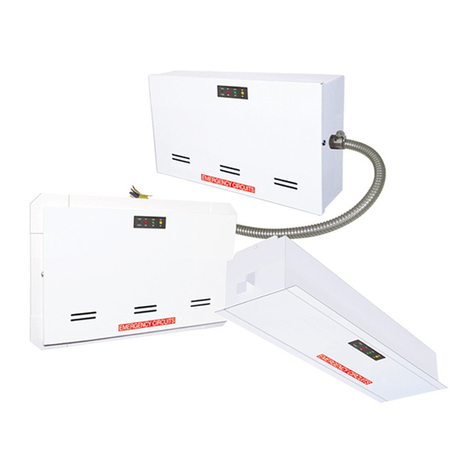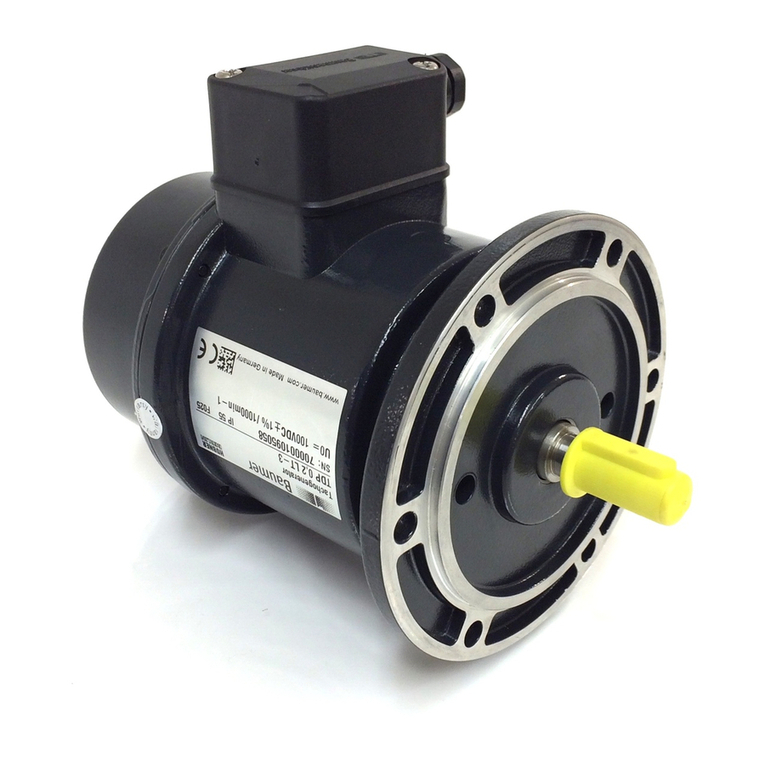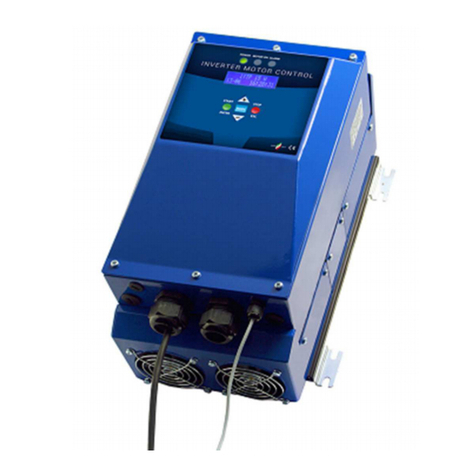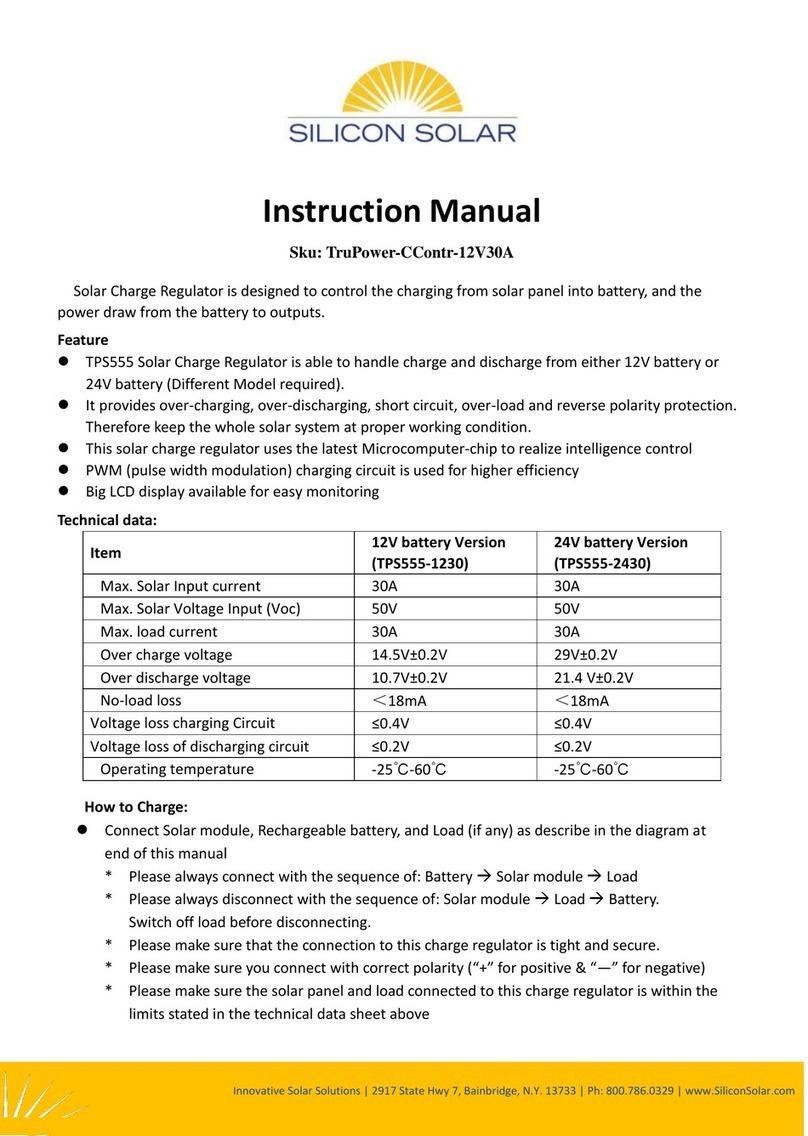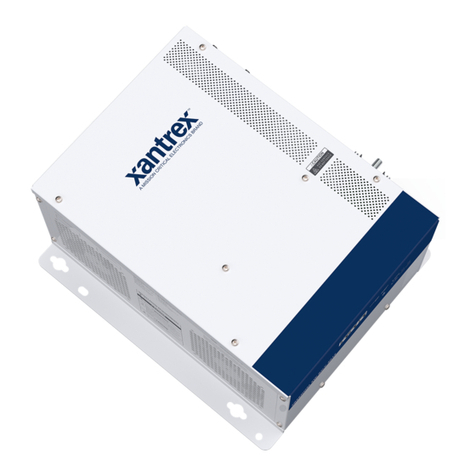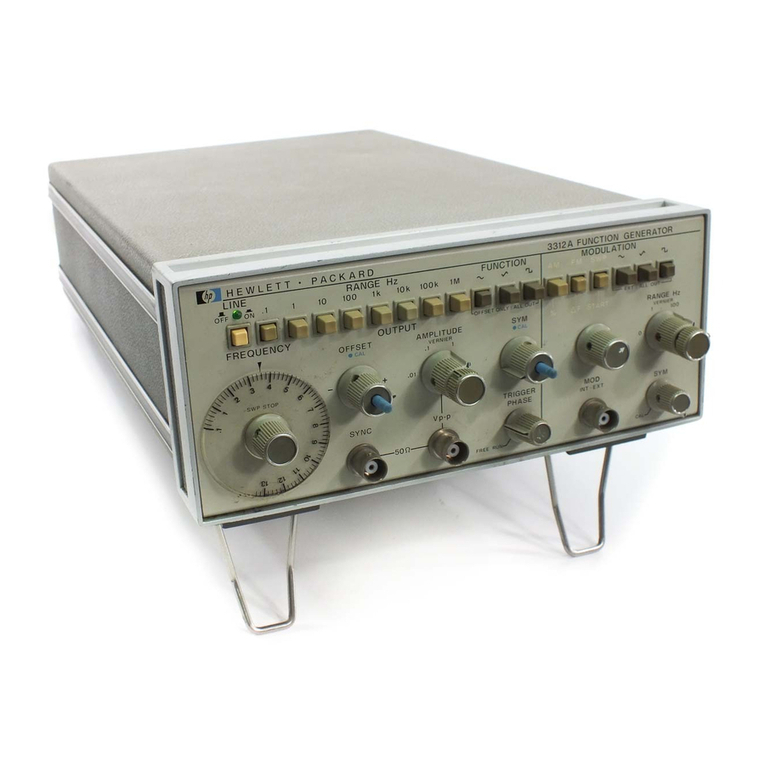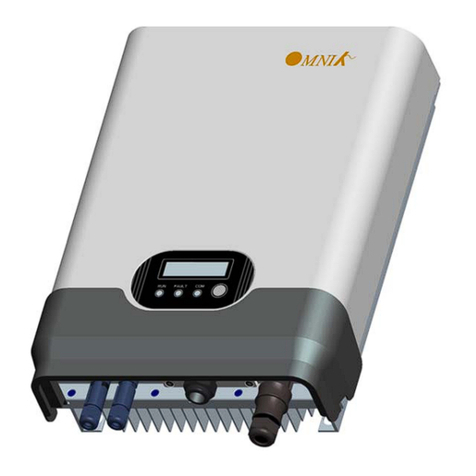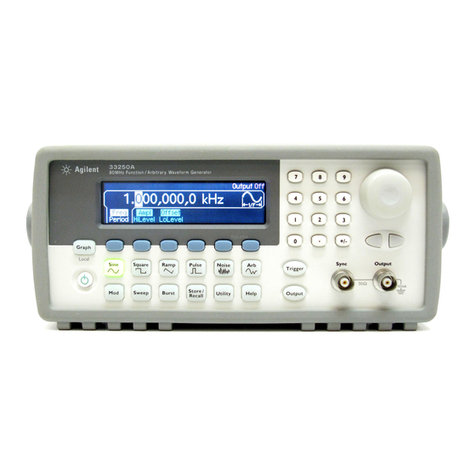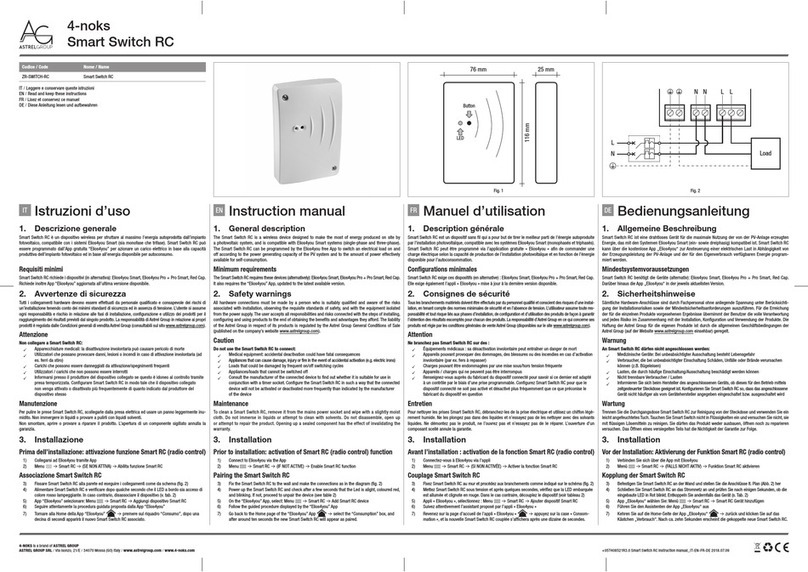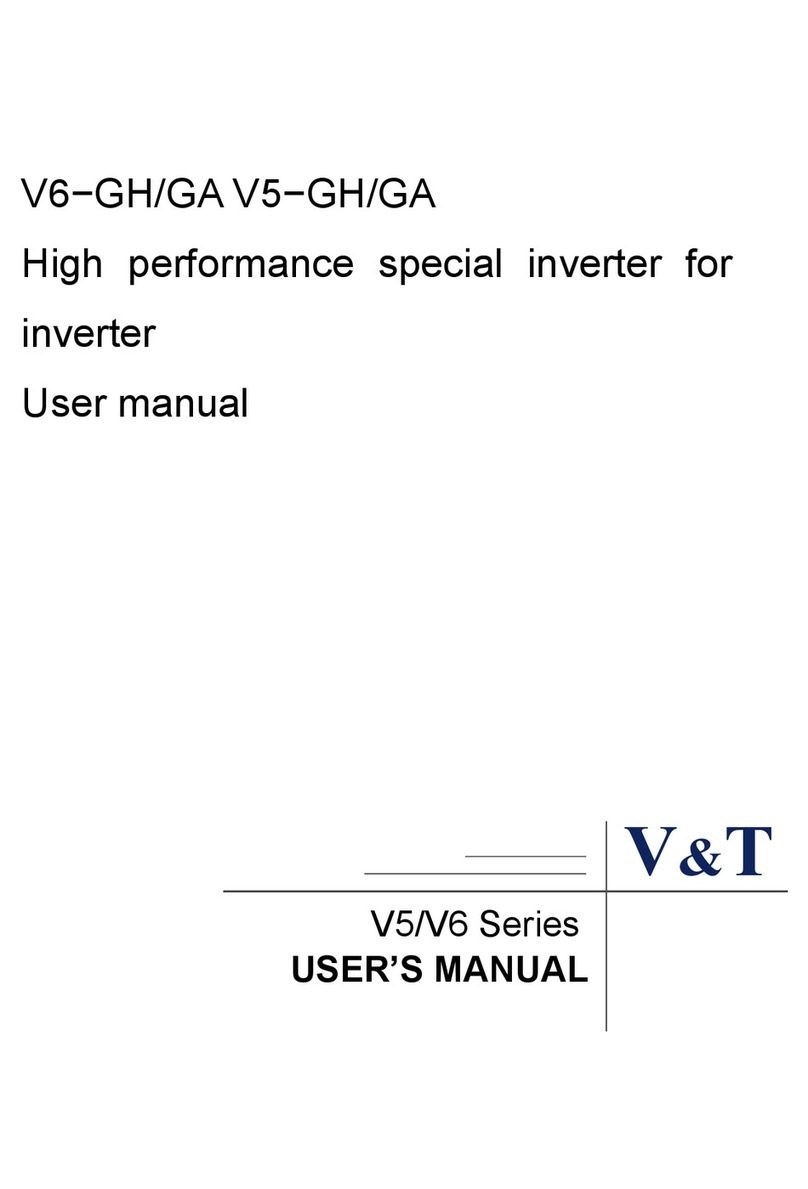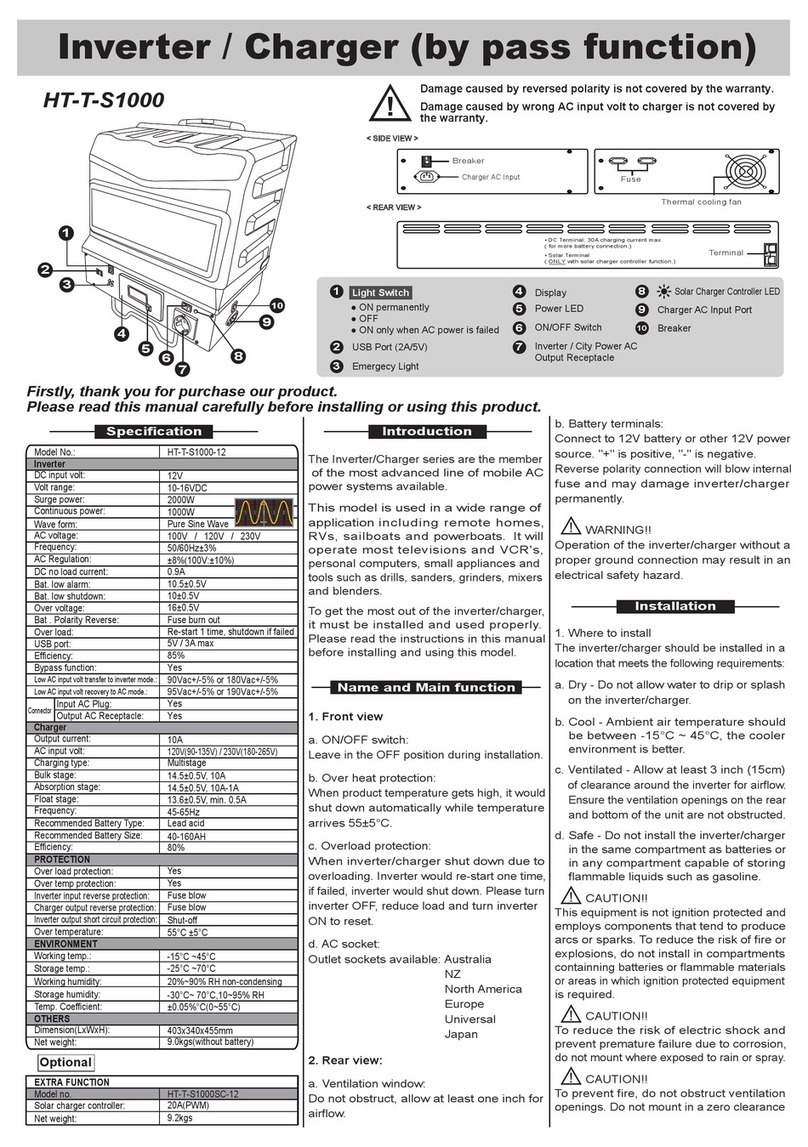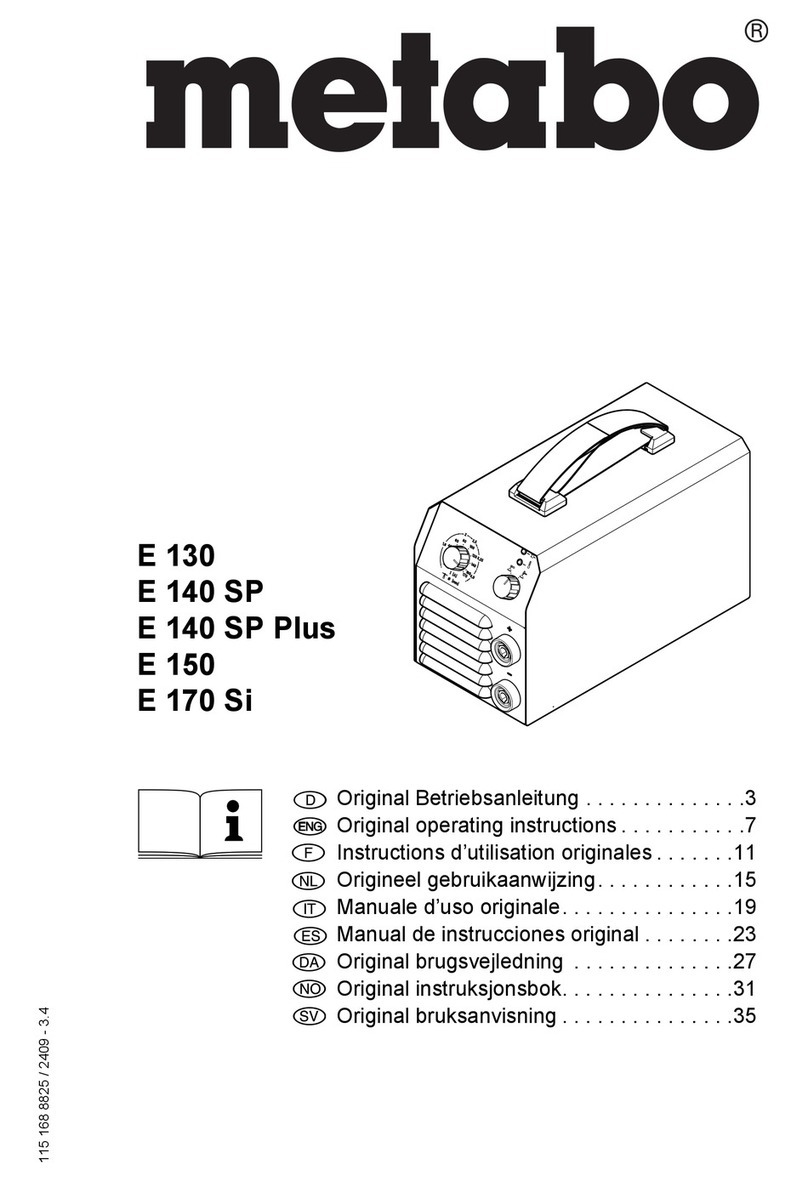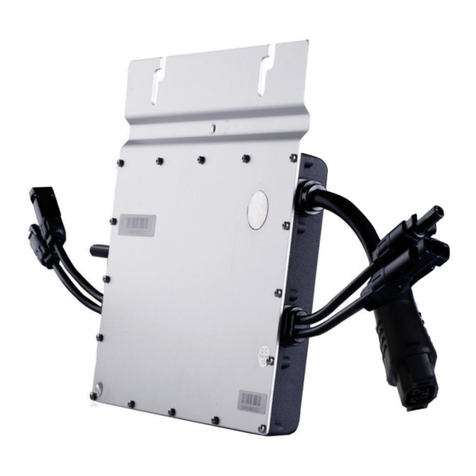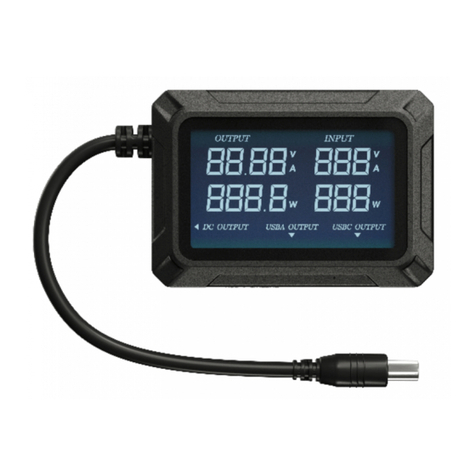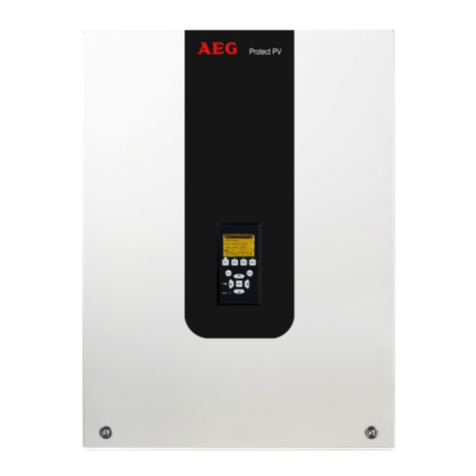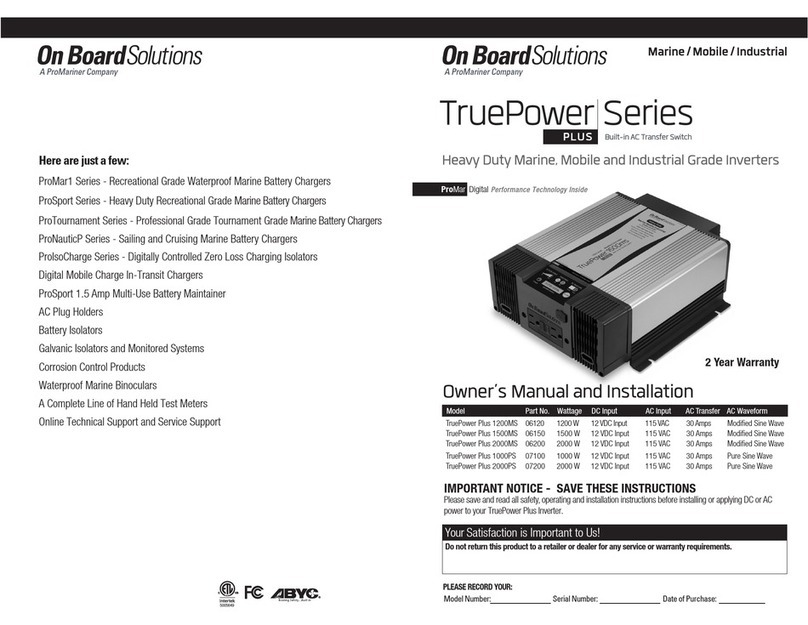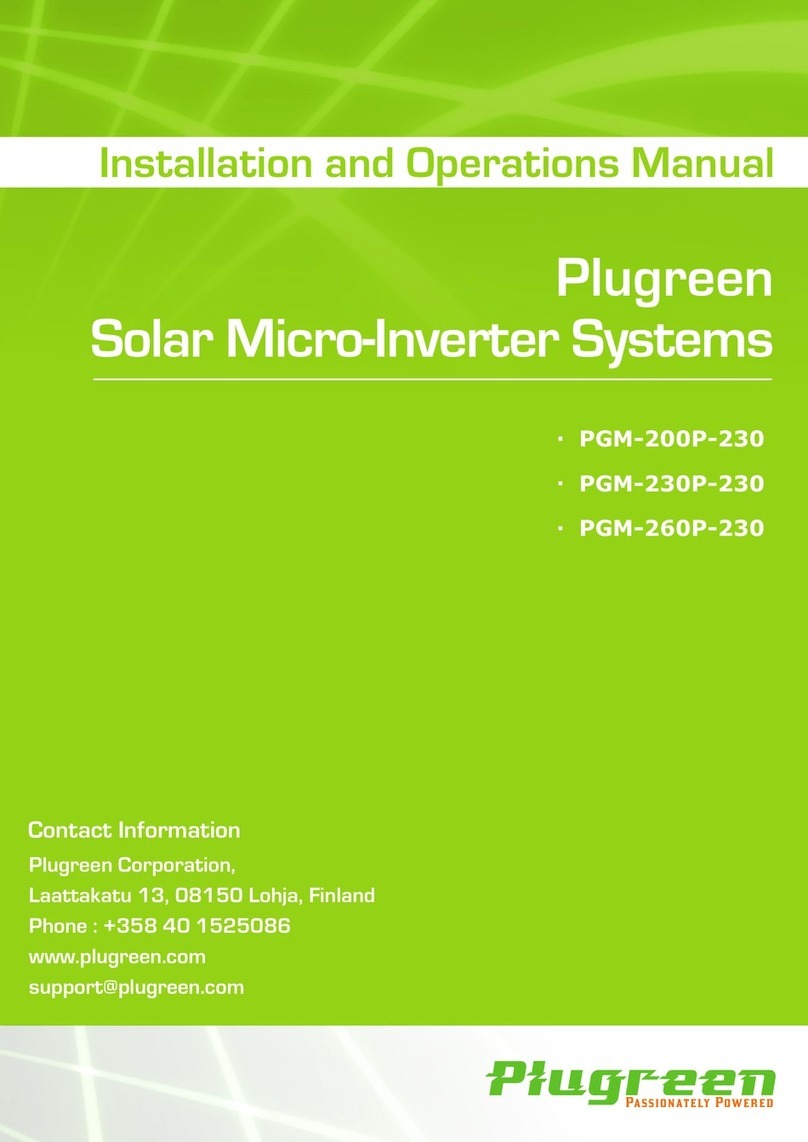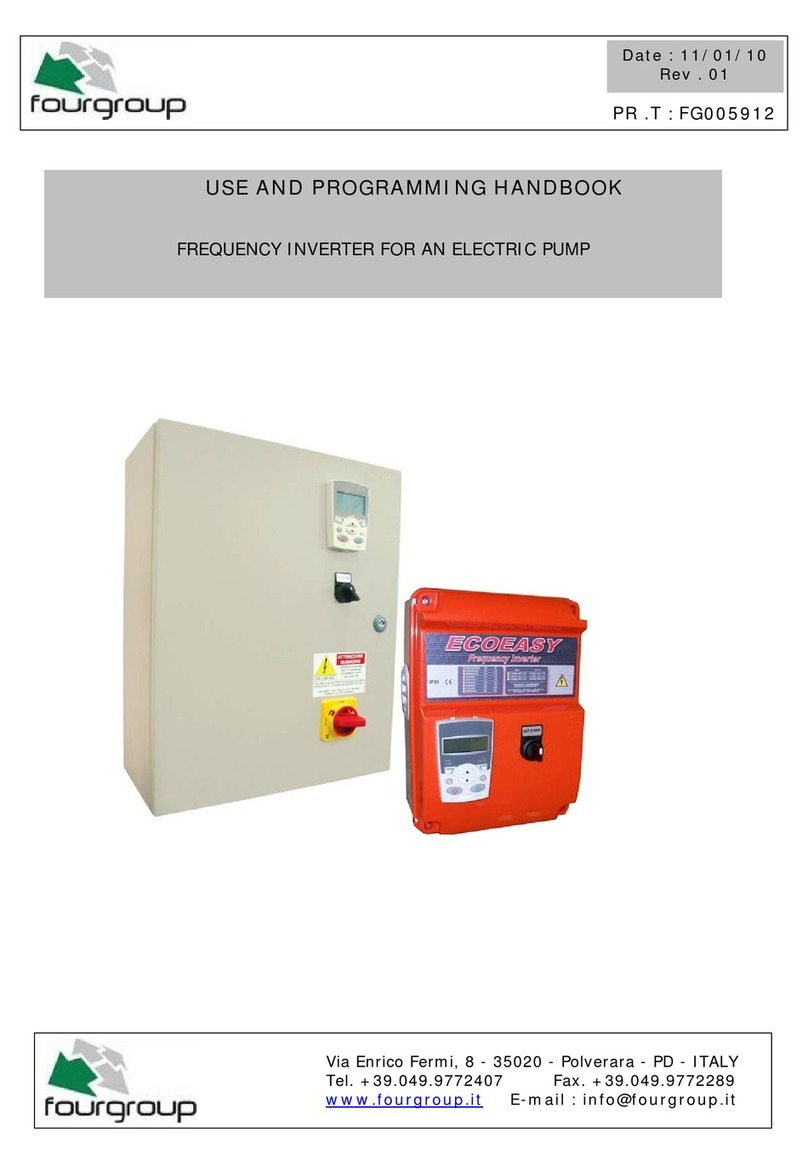
7, OPERATION
AC APPLICATIONS
Before connecting an appliance or power cord to the
generator: Make sure that it is in good working order.
Faulty appliances or power cords can create a potential
for electrical shock.
If an appliance begins to operate abnormally, becomes
sluggish or stops suddenly, turn it off immediately.
Disconnect the appliance, and determine whether the
problem is the appliance, or if the rated load capacity of
the generator has been exceeded.
Make sure that the electrical rating of the tool or
appliance does not exceed that of the generator. Never
exceed the maximum power rating of the generator.
Power levels between rated and maximum may be used
for no more than 30 minutes.
Limit operation requiring maximum power to 30 minutes.
Maximum power is:
3.0 kVA
For continuous operation, do not exceed the rated power.
Rated power is:
2.8 kVA
The total power requirements (VA) of all appliances
connected must be considered. Appliance and power
tool manufacturers usually list rating information near
the model number or serial number.
AC OPERATION
1.Start the engine and make sure the output indicator
light (green) comes on.
2. Plug in the appliance.
Most motorized appliances require more than their
rated wattage for startup.
If the generator is overloaded, or if there is a short circuit
in a connected appliance, or if the inverter is overheated,
the overload indicator light (red) will come ON. The
overload indicator light (red) will stay ON, and after
about five seconds, current to the connected appliance(s)
will shut off, and the output indicator light (green) will go
OFF. Stop the engine and investigate the problem.
Determine if the cause is a short circuit in a connected
appliance, an overload, or an overheated inverter.
Correct the problem and restart the generator.
Before connecting an appliance to the generator, make
sure that it is in good order and that its electrical rating
does not exceed that of the generator. Then start the
generator and connect the appliance power cord.
DC OPERATION
The DC receptacle should ONLY be used for charging
12-volt automotive type batteries. The DC charging
output is not regulated. DC output will vary according to
the position of the Eco-Throttle switch. When the
Eco-Throttle switch is turned to the ON position and the AC
output is not used, the DC current will be about one-third
of the rated current.
ECO-THROTTLE SYSTEM
With the switch in the ON position, engine speed is
automatically lowered when loads are reduced, turned
OFF or disconnected. When appliances are turned ON or
reconnected, the engine returns to the proper speed to
power the electrical load. In the OFF position, the
Eco-Throttle system does not operate.
Appliances with large start-up power demands may not
allow the engine to reach normal operating rpm when
they are connected to the generator. Turn the Eco-Throttle
to the OFF position and connect the appliance to the
generator. If the engine still will not reach normal
operating speed, check that the appliance does not
exceed the rated load capacity of the generator.
If high electrical loads are connected simultaneously, turn
the Eco-Throttle switch to the OFF position to reduce
voltage changes.
The Eco-Throttle system is not effective for use with
appliances that require only momentary power. If the tool
or appliance will be turned ON and OFF quickly, the
Eco-Throttle switch should be in the OFF position.
OIL ALERT INDICATOR LIGHT
OVERLOAD INDICATOR LIGHT
OUTPUT INDICATOR LIGHT
PLUG
7
